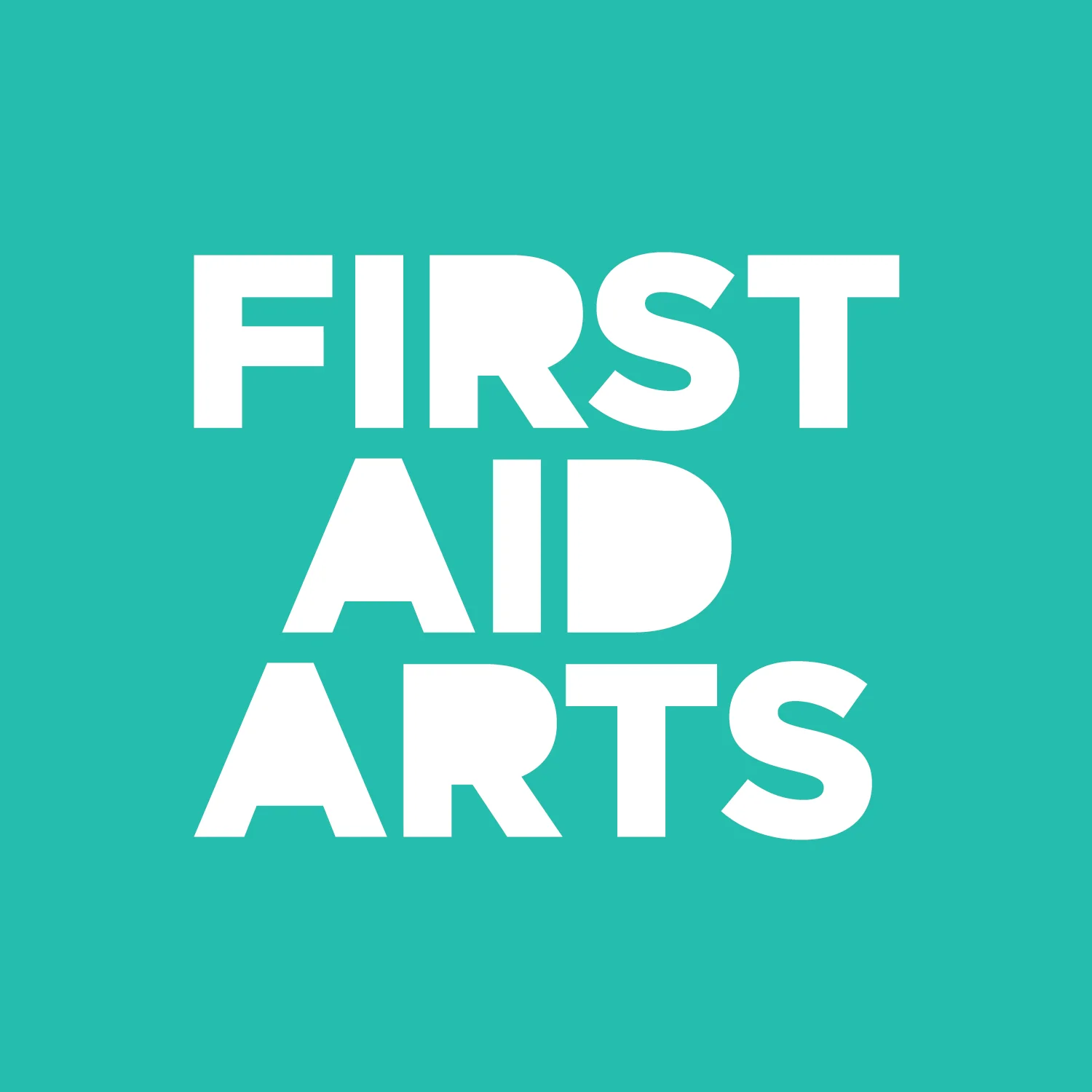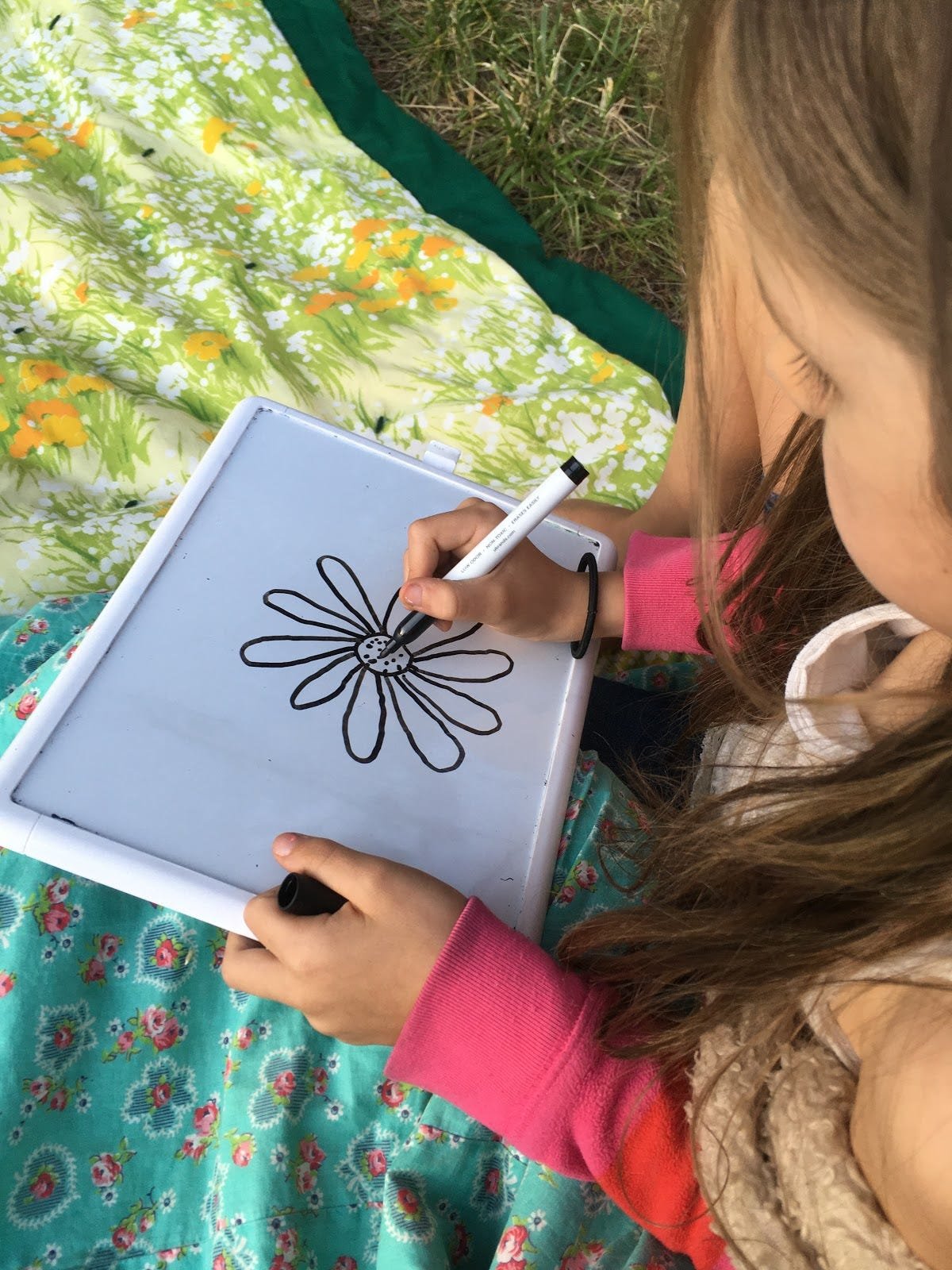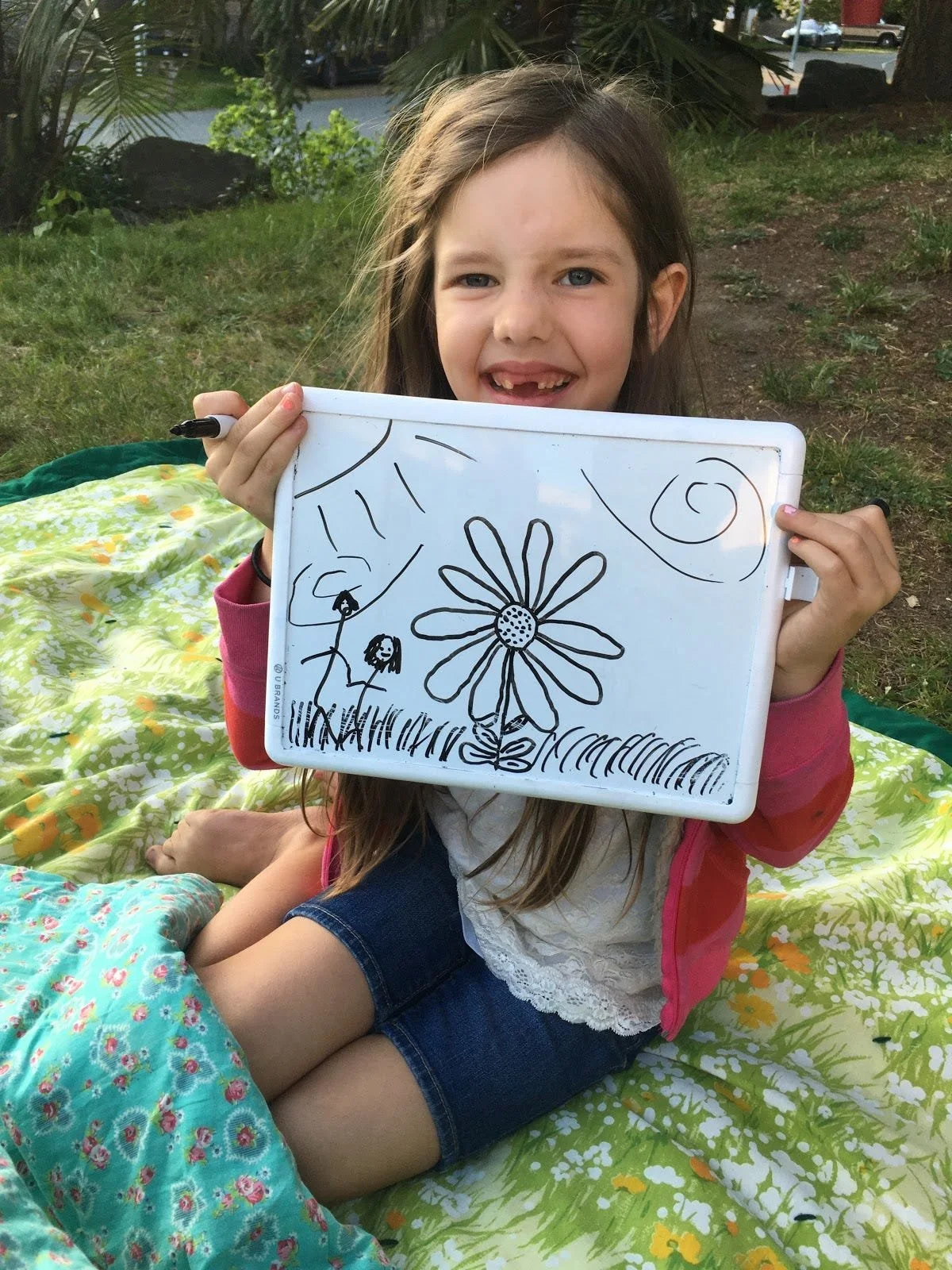Using First Aid for the Heart at Home
On Saturday mornings, our daughters Harper (10) and Malia (7) typically arise first and play imaginatively in their room together while Grace and I enjoy the glorious simple pleasure known as sleeping in. Next, I get up and make coffee and banana pancakes with whipped cream, fresh fruit, and mini chocolate chips to add a little magic to the plate.
On a recent Saturday morning, instead of being awakened by the sweet sounds of stuffed animal voices acting out some grand adventure, I was jolted awake by yelling, fighting, and a door slamming.
Harper was standing in the kitchen and told me that Malia had hit and kicked her. Evidently Malia had accidentally broken one of their toys and didn’t want Harper to come report that to me. I gave Harper a hug and then went to find Malia.
Malia was in her room, crying, lying face-down on her bed in a tight straight line with her hands cupped over her eyes. I sat next to her, told her I was there, and asked if I could hold her. She jumped into my arms and we moved from her bed to a soft floral print corner chair. After I held her for a moment and breathed with her, making gentle circles on her back with my hand, I asked “are you okay?” She didn’t say anything but I could tell she was beginning to calm down.
At that moment I had the idea to teach Malia the “Window of Tolerance” from the First Aid Arts Toolkit. I said “Malia, honey, can I show you something that I learned at First Aid Arts?” She made a small nod of approval.
I asked her, “Are you feeling better now in Daddy’s arms?” She nodded a little bigger and brightened. Then I asked her “What color would you pick to show how you are feeling now, in my arms?”
She said “Yellow, because it’s sunny and bright.” She called this zone, her “Window of Peace.” As you can see in her drawing (below), she described this window to the world as “happy, calm, peaceful, kind…. I can think, I can snuggle, I can be happy, I can listen, I can play with people… I can love!”
I then asked her more about her experience with her sister that morning, and we assessed together that she had gone from playing with Harper in her yellow “Window of Peace” into a red “Window of Anger.” She said in that state she felt “anger, sad, shame, scared… can’t think, unpleasant… I can’t listen well…hard to love.”
To the left is the Window of Tolerance card from the First Aid Arts Toolkit. To the Right is Malia’s adapted “Window of Peace”
As Malia regulated in my arms, returning back to her yellow Window of Peace she was able to understand that she was sad and ashamed that she broke her toy, and fearful of her sister telling her parents about it, so she moved to anger and violence.
“What happened next?” I asked her. “Then I ran to my room and jumped on the bed.”
“What was that like, how did you feel?” I inquired.
She named this her blue “Window of Sadness.” She chose to describe it as feeling “stressed, guilt…can’t talk… hopeless, unhappy, alone… want to hide.”
At this point, I was tearing up, flooded by a wave of holy awe at the power of this moment of intimate, sacred connection with Malia. She was allowing me to see her and know her.
Malia drawing Breath Flowers
We sat in the chair together as she finished labeling and coloring her special version of the “Window of Tolerance”. After this, we discussed different things that help her to stay in the yellow Window of Peace. I remember her saying things like “hug Daddy,” and “color something… Take a deep breath, pray to God… turn on some fun music.”
One of the actions Malia likes to take to help her stay in her yellow zone is to draw “Breath Flowers,” an activity found in the First Aid Arts Toolkit.
The Window of Tolerance is such a simple and powerful tool for us that we can also teach to our children.
I’ve recently been remembering the cartoon GI Joe from my own childhood. The end of every episode would recap the moral of the story and state: “Now you know…. And knowing is half the battle.” The Window of Tolerance teaches us to know when we are getting out of the “Window of Peace.” When we learn to notice that, we can seize the opportunity to act in ways that will help us to stay regulated, keep our whole brain online, and bring our best to life. I love how we can use the arts in this way, and First Aid Arts strategically developed resources to help us notice, then respond with intention and not be limited to only our “animal instincts” to fight/flee/hide. I have playlists of “Turnaround Tunes” on my phone to help me calm down from my “Window of Anger” when I’m feeling stress, fear, and anxiety. I’ve also curated uplifting songs that help me come out of my “Window of Sadness” when I’m feeling paralyzed, discouraged, or unmotivated.
I find it beautiful that by helping my daughter Malia be more self-aware and to “respond vs. react,” it simultaneously helps me do the same. In loving others we are blessed.
So now we know, and knowing is half the battle. During this COVID pandemic, we are spending a lot of time together as a family at Gypsy Cottage, our little 900 sq. ft home built in 1910. The increased time together is a blessing, and it also provides ample opportunity to notice when we are pushing each other out of our optimal zone. Our family is cultivating regular check-ins with our Window of Tolerance, and engaging the arts as part of our weekend routine and life practice.
Much aloha to you and yours,
Curtis Romjue, First Aid Arts President
P.S. As I finish writing this, I’m typing at a picnic table on my deck on a fresh sunny morning. Malia just woke up, opened her blinds and is waving at me from her window. We just gave each other the heart sign with our hands and blew each other kisses. I’m definitely in my “Window of Peace” right now. I hope you are, too.
To learn more about the Window of Tolerance and using other simple tools for your mental and emotional health, find our Mini Toolkit linked here.



